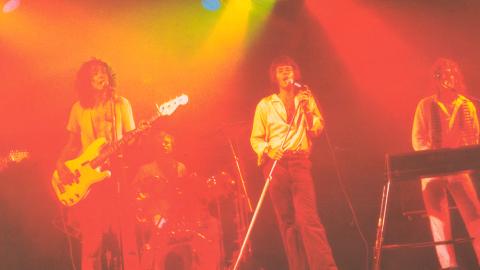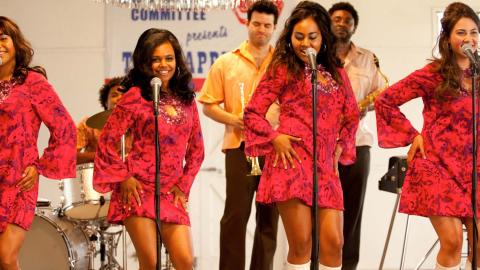
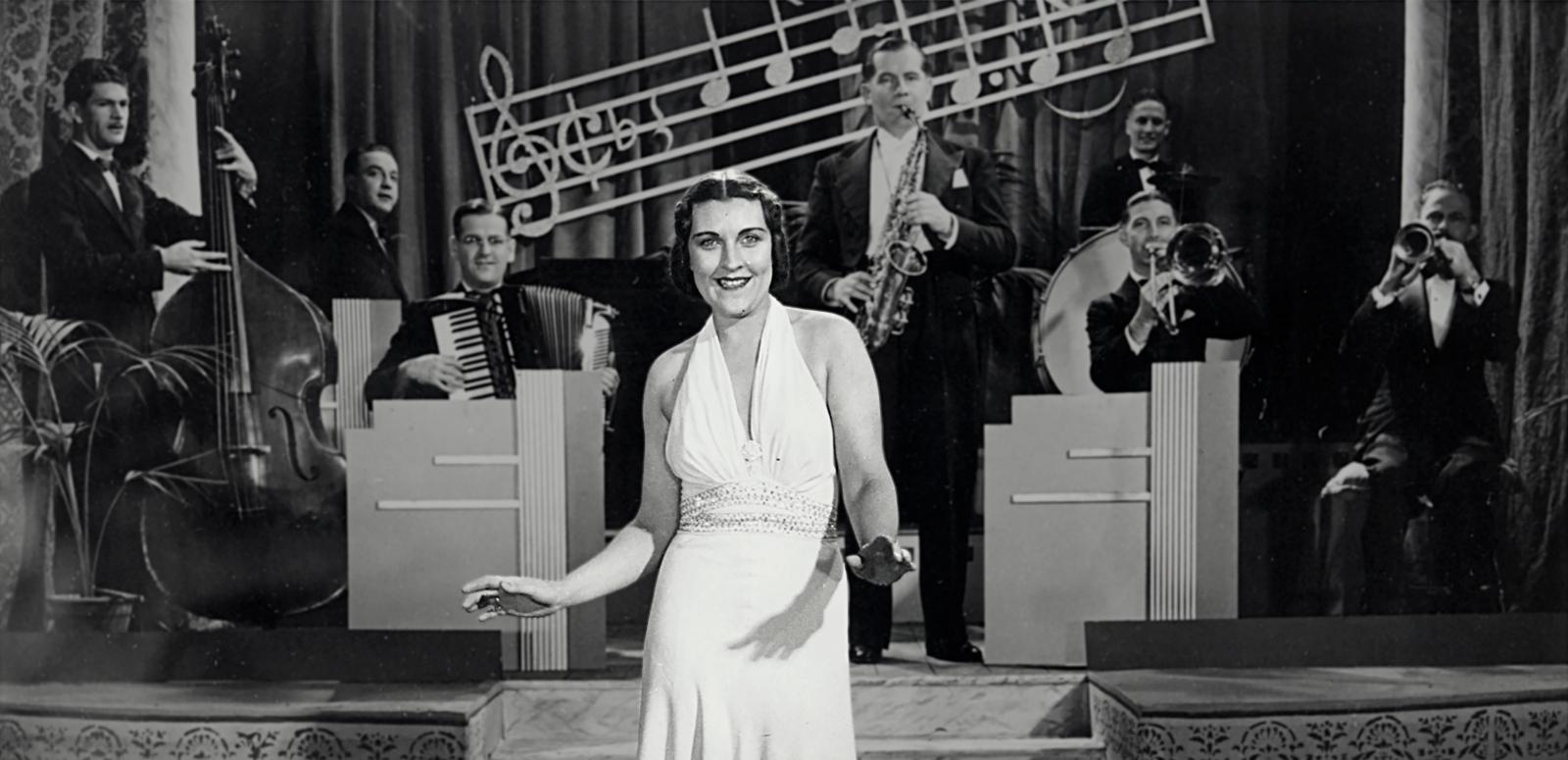
Australia's Women of Song
Australia's Women of Song
This collection contains portraits and recordings of 15 pioneering Australian opera singers, music-hall performers, jazz vocalists and instrumentalists.
They include Nellie Melba, Australia’s Queen of Song, who rose to the very top of her profession and established a worldwide reputation that has not faded.
Melba gave hope to many women singers and performers who followed in her footsteps, seeking their fortune in Europe and America in the first decades of the 20th century.
While most of the other women in the collection are not as well remembered as Melba, each is notable for the early role they played – however small – in the story of Australian women in music.
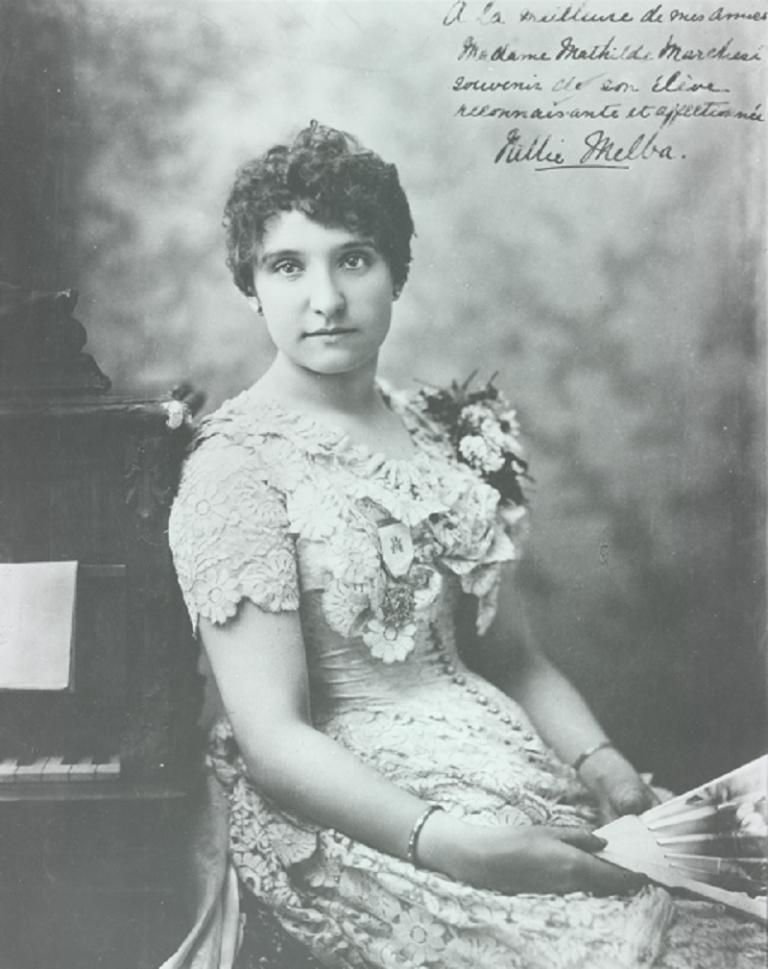
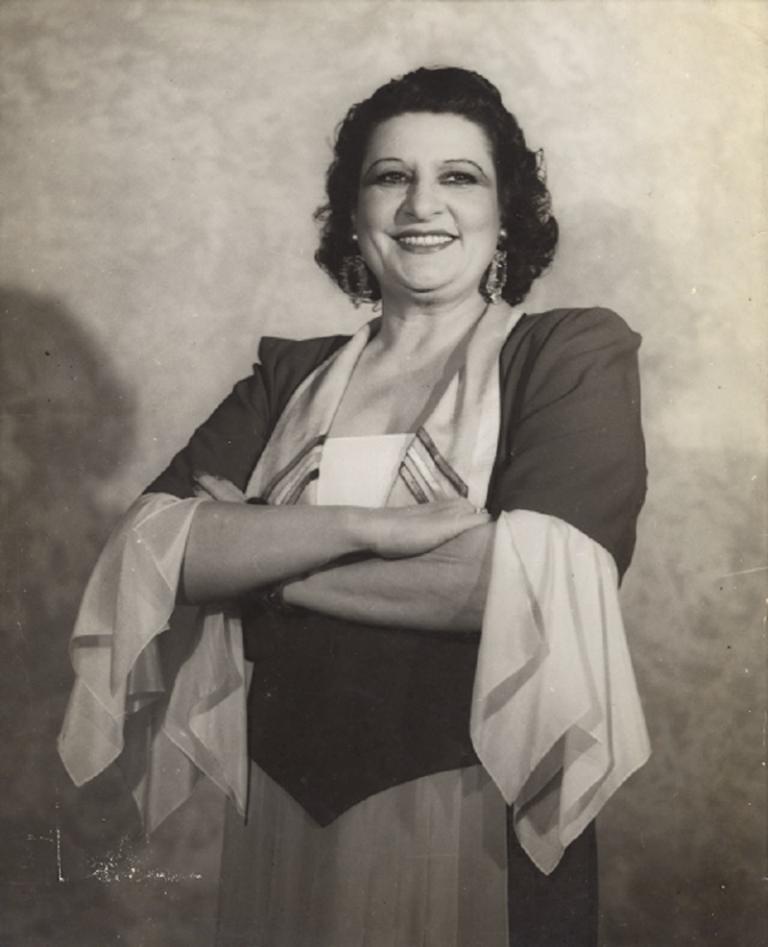
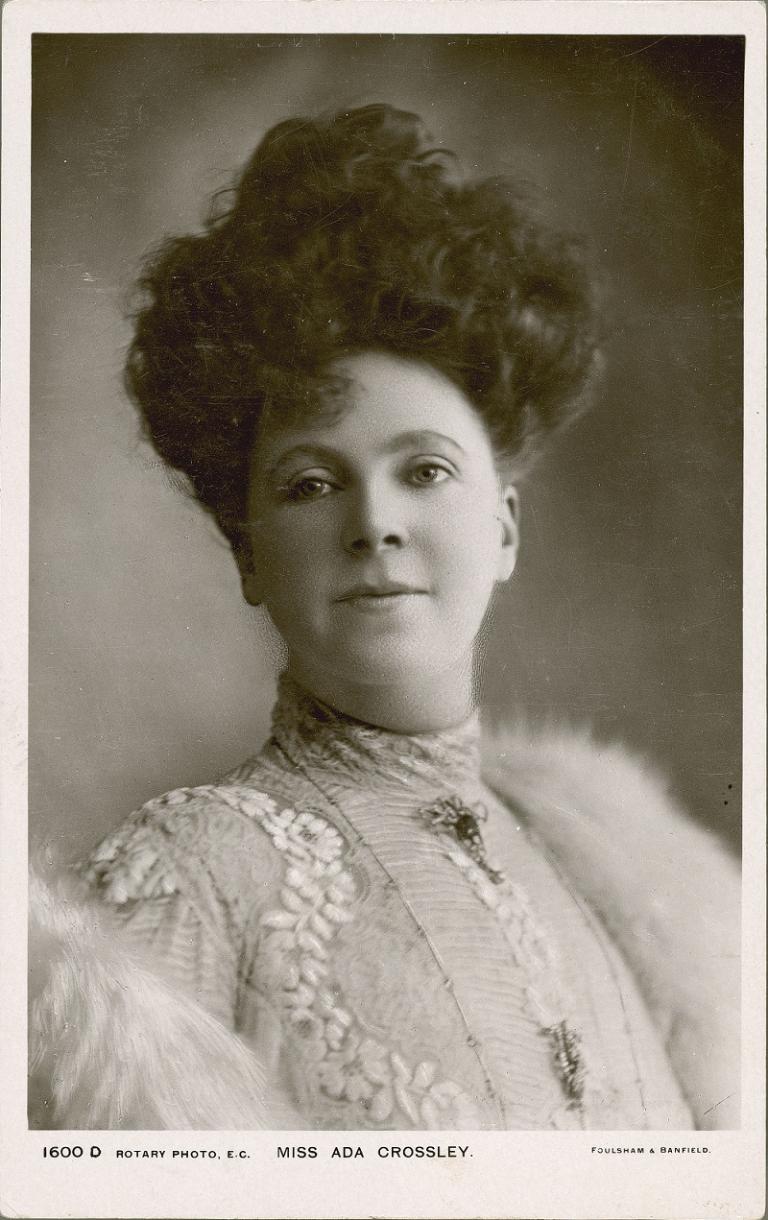
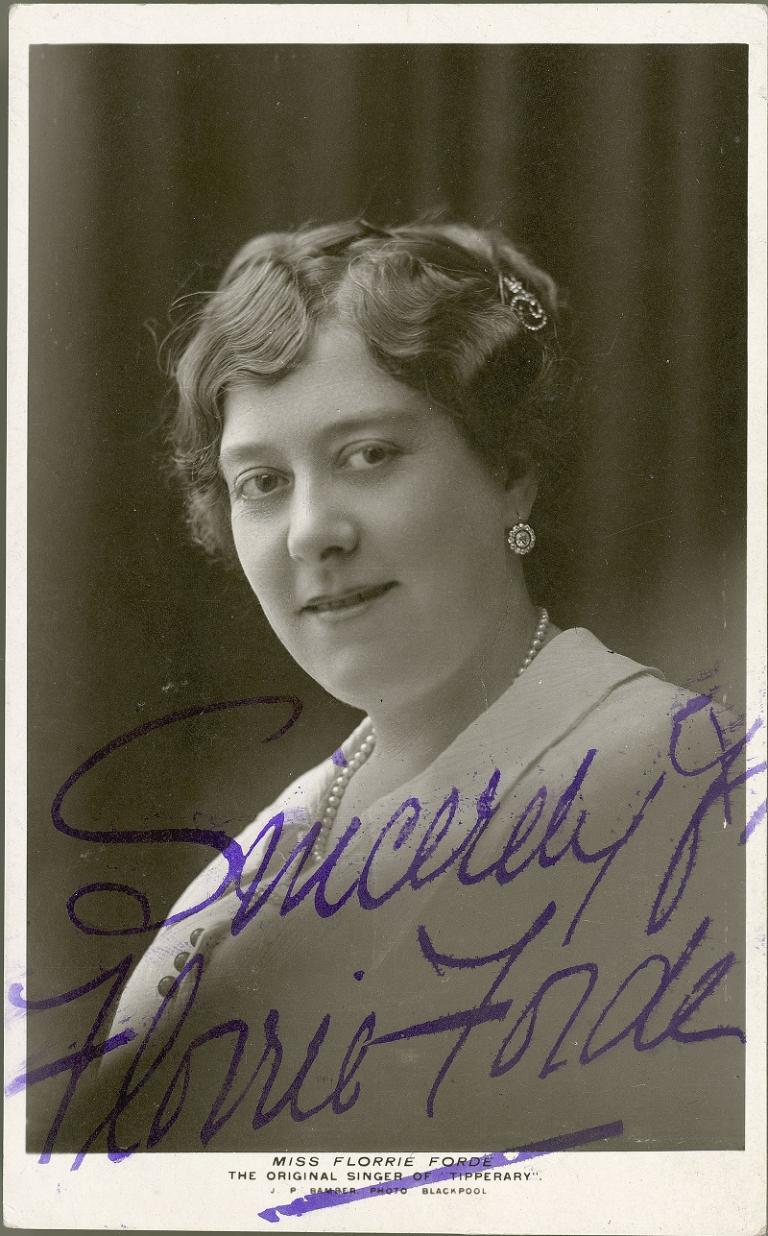

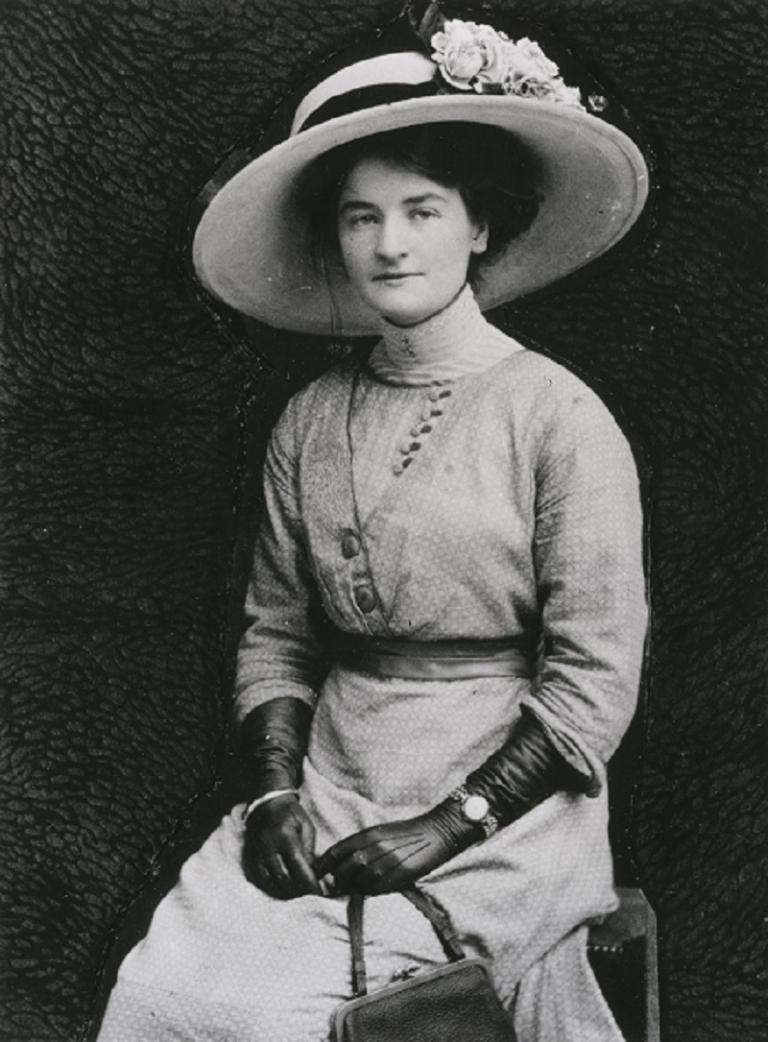
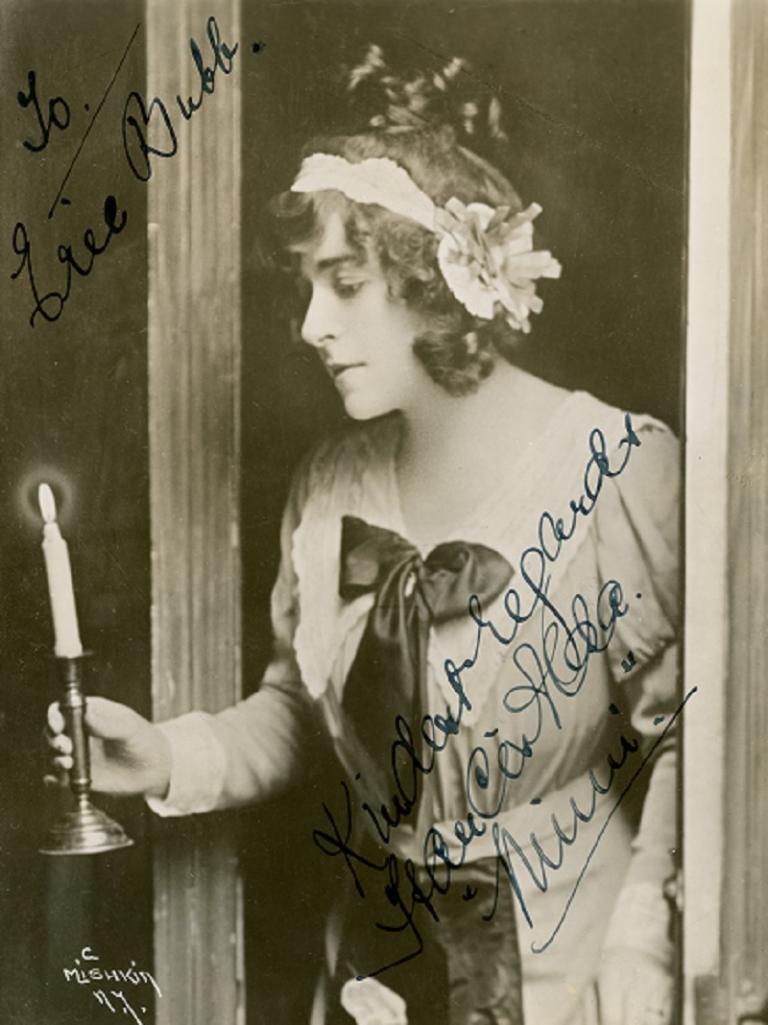
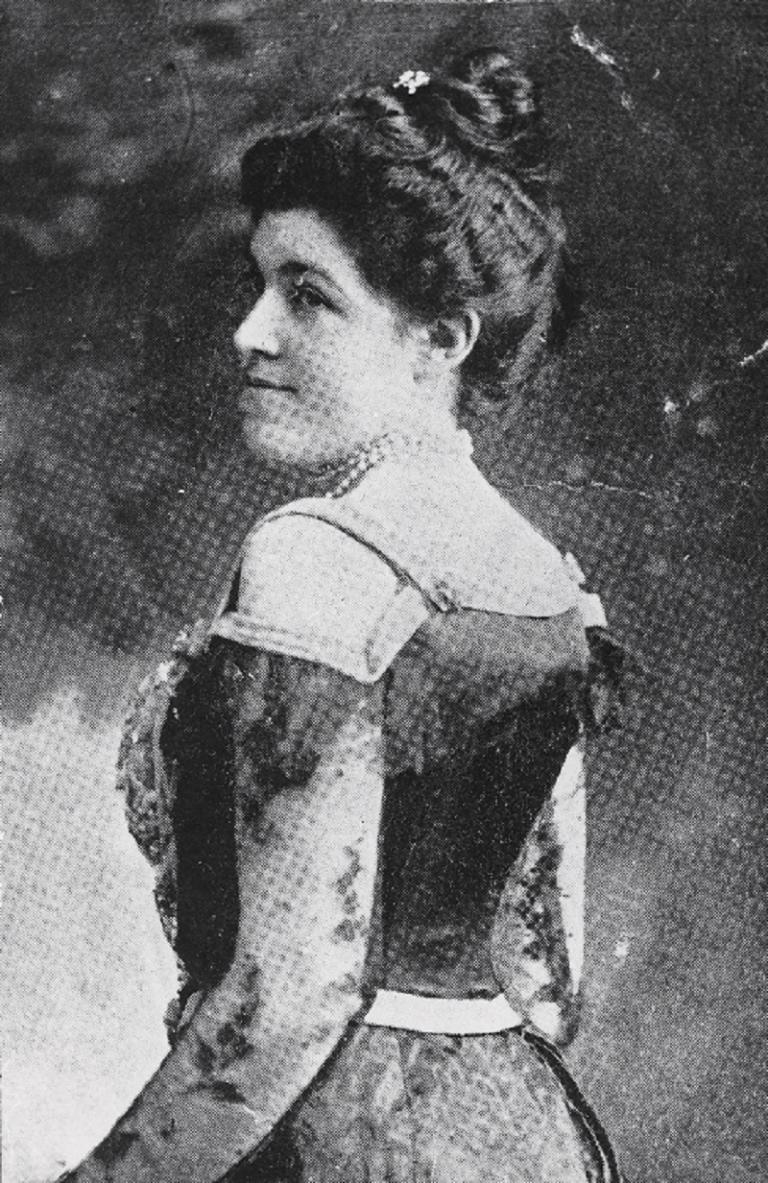
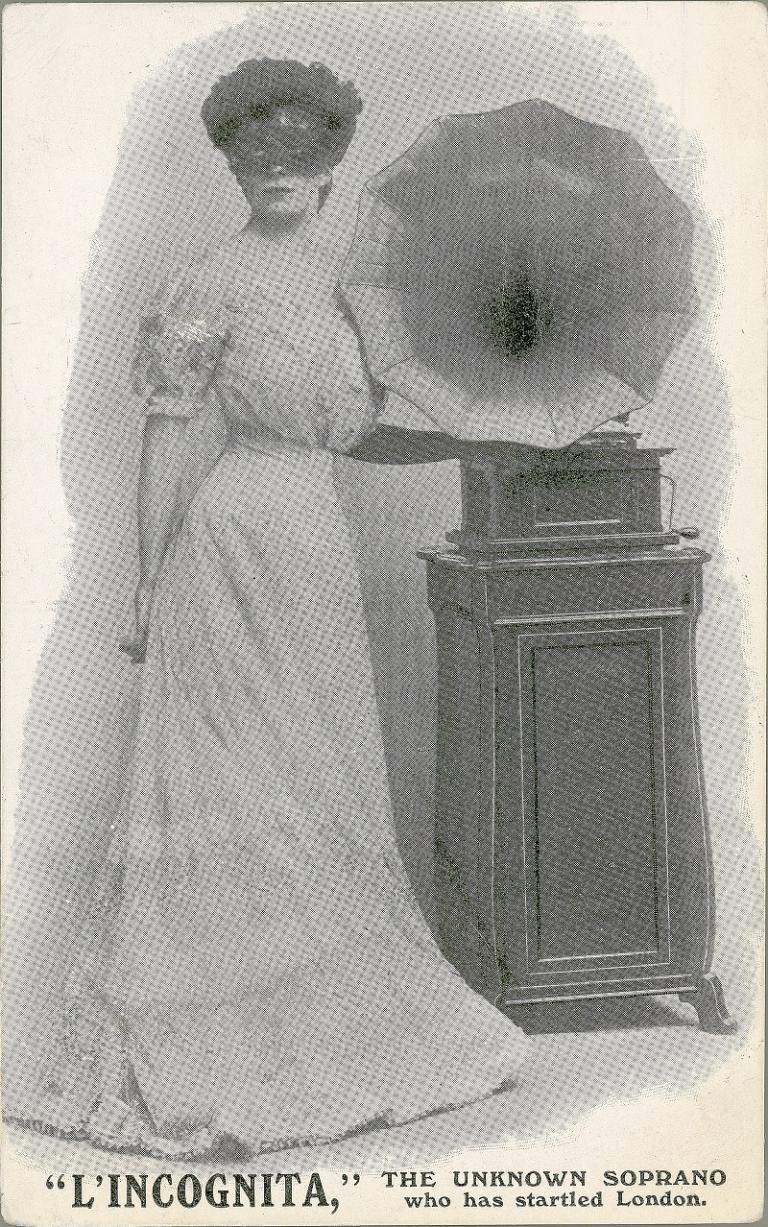
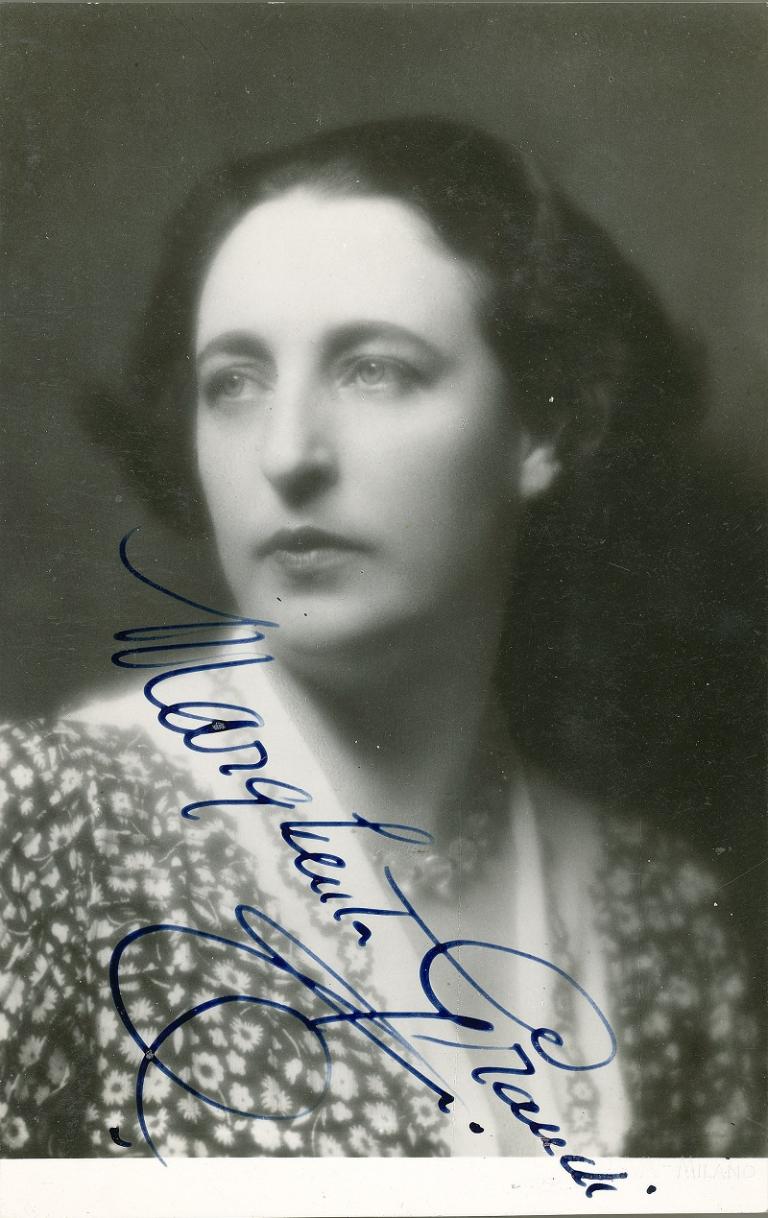
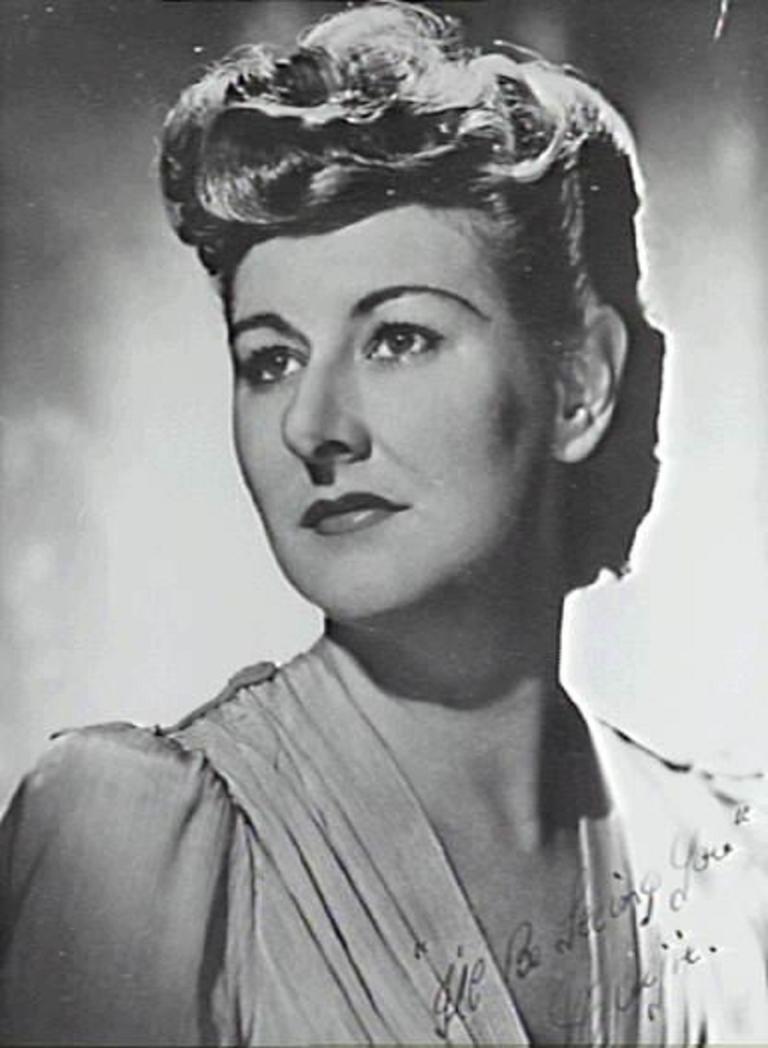
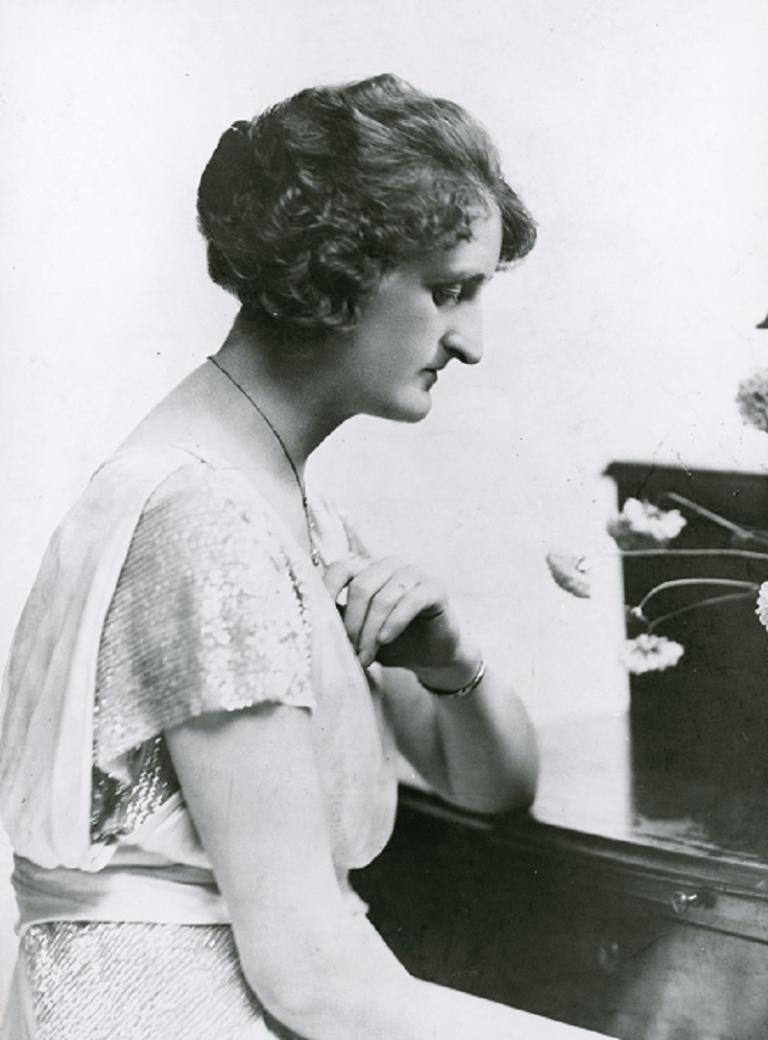
The National Film and Sound Archive of Australia acknowledges Australia’s Aboriginal and Torres Strait Islander peoples as the Traditional Custodians of the land on which we work and live and gives respect to their Elders both past and present.

